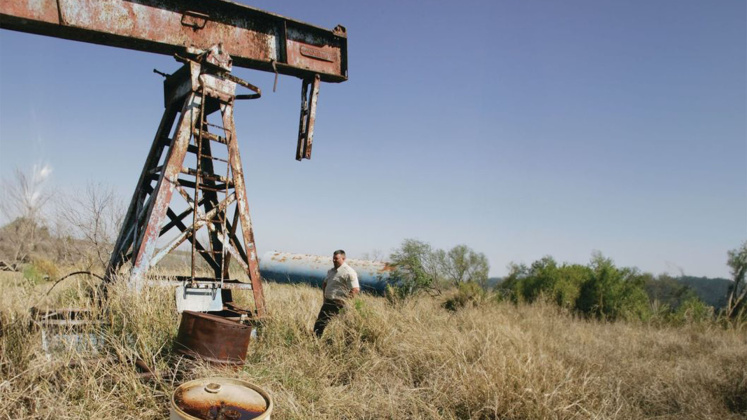Big Thicket National Preserve, in partnership with the Railroad Commission of Texas (RRC), announced the removal of four navigation hazards of abandoned oil and gas wells located in the Neches River on Aug. 8.
The National Park Service (NPS) worked closely over two and a half months with RRC to oversee the removal of surface casings of four oil wells that were originally plugged by operators in the 1970s and 1980s. Over time, due to erosion and migration of the Neches River, the casings became exposed, creating a navigational hazard in the waterway.
To ensure these wells were remediated to the appropriate safety standards, well casings were cut and removed below the mudline (riverbed). The river’s high-water conditions, in combination with the wells being located within the main channel of the river, required the use of a barge and cofferdam for worker access and execution.
“Our partnership with the Railroad Commission is vital to the continued work on the preserve to remove abandoned oil and gas wells, which can cause environmental and recreational hazards for our visitors,” said Wayne Prokopetz, superintendent of Big Thicket National Preserve.
“The RRC has had more than 40 years of extensive experience working with plugged wells and any issues that may crop up,” RRC assistant director of the oil and gas division for field operations Clay Woodul said. “We’re glad to be able to lend our technical expertise for projects like this to help federal and state agencies when they reach out to us.”
Funding for this project came from the NPS Abandoned Mineral Lands Safety and Resource Protection program. Big Thicket National Preserve in Southeast Texas consists of nine land units and six water corridors encompassing more than 113,000 acres.


